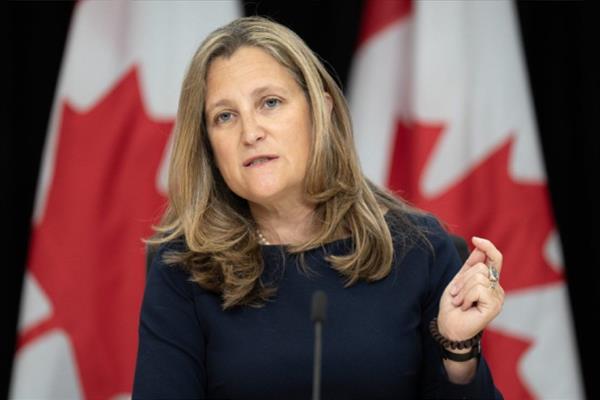Federal government releases technical details of its latest mortgage changes
9/25/2024
| SHARE
Posted in Government and Regulation by Vanguard Realty | Back to Main Blog Page

As a follow-up to last week’s announcement, the federal government has unveiled a more detailed framework for its updated mortgage rules, which are set to take effect on December 15, 2024.
These changes are part of the government’s larger effort to make housing more affordable, giving first-time buyers and those purchasing new homes more options, while also increasing the price limit for homes that qualify for insured mortgages.
Tiered insurance structure remains in place as insured mortgage price cap increases
As part of the changes, the federal government is raising the price cap for insured mortgages, increasing the limit from $1 million to $1.5 million. This allows buyers within that range to qualify for high loan-to-value mortgage insurance, provided their loan-to-value ratio is at least 80%.
The government confirmed that the down payment structure will remain unchanged for loans under the new price cap, requiring:
- 5% for the portion of the purchase price up to $500,000, and
- 10% for the portion between $500,000 and $1.5 million.
This change is particularly significant for buyers in major urban markets like Toronto and Vancouver, where home prices often exceed the previous $1-million cap.
These details confirm that starting December 15, buyers will be able to purchase a $1.5-million home with just a $125,000 down payment, a significant reduction from the current $300,000 requirement for uninsured borrowers.
Expanding eligibility for 30-year amortizations
Another key change is the expansion of 30-year amortization periods for insured mortgages. This longer amortization option will now be available to all first-time homebuyers and those purchasing new builds, provided the loan-to-value ratio is 80% or higher.
Eligibility for first-time homebuyers includes the following criteria:
- The borrower has never purchased a home before.
- The borrower has not owned or occupied a principal residence in the last four years.
- The borrower has recently experienced a breakdown in a marriage or common-law relationship, in line with the Canada Revenue Agency’s approach to the Home Buyers’ Plan.
For new builds, the home must not have been previously occupied, though newly constructed condominiums with interim occupancy periods will still qualify.
The goal of this change is to make homeownership easier by giving buyers the option for lower monthly payments with longer amortization periods, helping to ease the burden of today’s high interest rates.
These reforms are set to apply to all high loan-to-value mortgages on properties that are owner-occupied or occupied by a close relative. The government also emphasized that the current eligibility criteria for government-backed mortgage insurance will remain in place.
Lenders and insurers will be able to offer mortgages under these new rules starting December 15, 2024, and prospective buyers can begin submitting applications to insurers from this date onward.
“It is absolutely essential that the dream of homeownership be a reality for young Canadians,” said Deputy Prime Minister and Finance Minister Chrystia Freeland on Tuesday, emphasizing the need for the new mortgage rule changes.
“We are, quite intentionally, giving them an advantage, giving them a leg up in the property market.”
Changes expected to bolster housing demand
The federal government’s latest mortgage rule changes are expected to “incrementally bolster demand” in the housing market, according to a recent report from BMO.
While extending 30-year amortizations for new builds may not have a huge impact, other changes could be more significant. Raising the mortgage insurance cap from $1 million to $1.5 million will open the single-family home market to more buyers, while extending amortizations from 25 to 30 years could also increase purchasing power by around 10%, similar to a 0.90% mortgage rate cut, according to BMO senior economist Robert Kavcic.
Falling fixed mortgage rates are further fuelling the market, and Kavcic suggests these factors together may encourage households to take on more debt and longer-term mortgages.
He notes that if the economy stays stable, these changes—along with the Bank of Canada’s easing—could set the stage for a stronger housing market next year.
Source: Canadian Mortgage Trends
First Time Home Buyers, Mortgage Consumers

Thinking of buying or selling a property, or have a question regarding the real estate market? Fill out the form below and we'll get back to you promptly.
